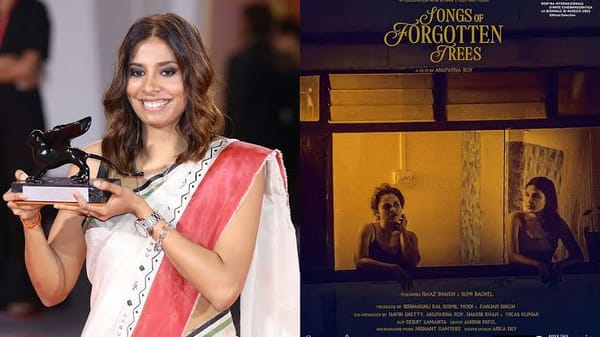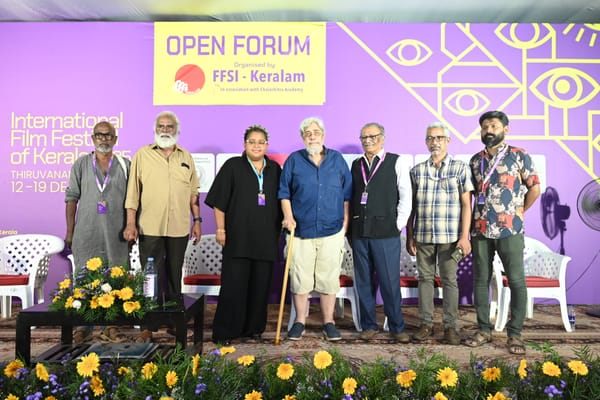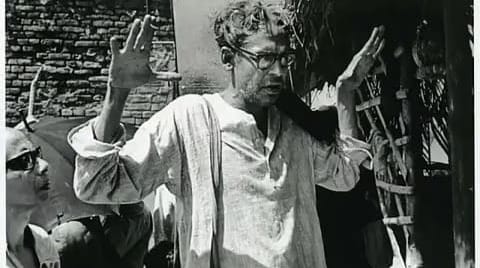Singapore Kairalee Fest Review
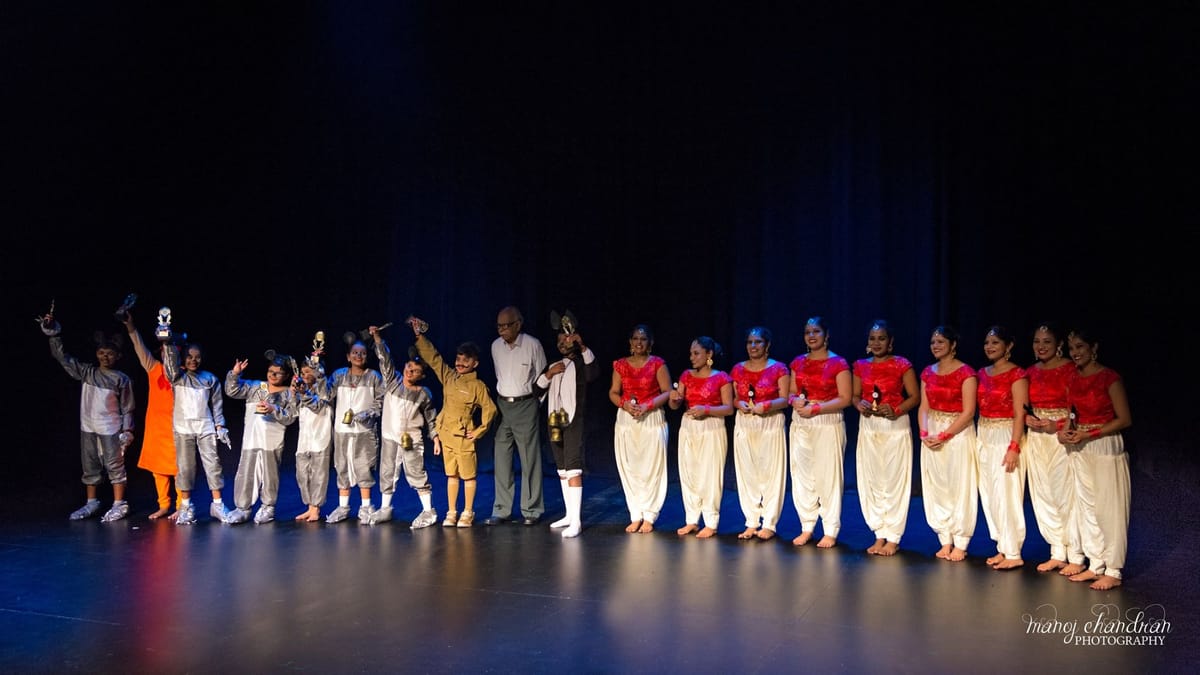
Singapore Kairalee Kala Nilayam, as part of its 60th year celebrations, hosted the Singapore Kairalee Fest on 4th November 2017 at The Gateway Theater.
It was split into two sessions with a break that allowed the audience to have dinner, thus ensuring a comfortable audience that stayed and cheered till the end.
The first session started with a bunch of bright-eyed kids, dressed up as rats, debating the question of ‘Poochyakkaru Mani Kettum’ or ‘Who will bell the cat?’ With references to familiar names such as Mooshak - the Vaahana of Ganesha, Maayavi, Dinkan, Shikari Shambu, it was a cute performance by the little ones. Under the supervision of Saran Jith, Gopu Krishnan and Asiwarya Nair it was fun play by the under-12 year olds with many laughable moments.
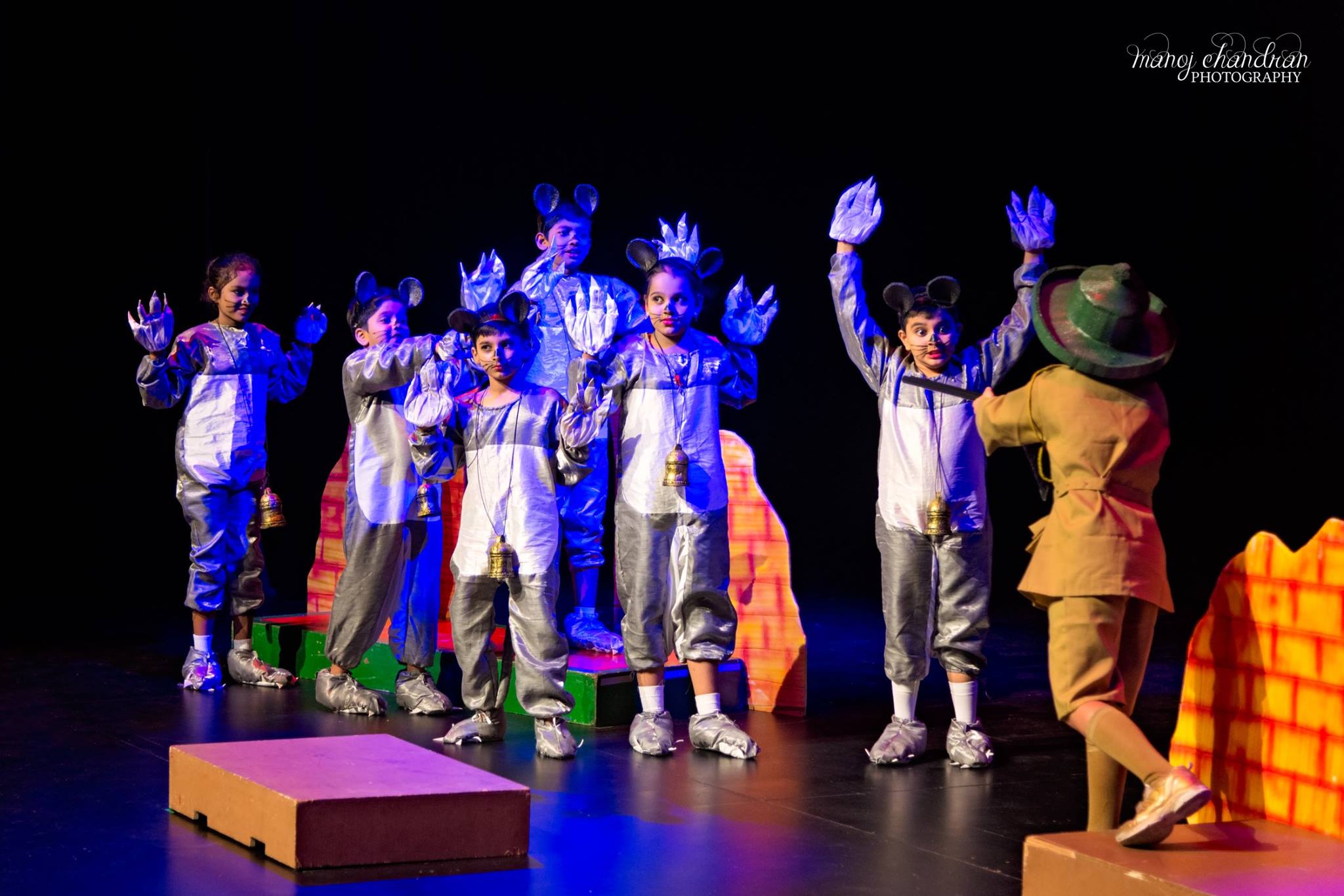
The first session then continued with a dance drama, the first by the newly minted group "Srishti". Srishti means creation. The theme aptly portrayed women - as the creator -who not just give birth to all who populate this earth, but also take up many forms in a lifetime. That of a wife, mother, sister, daughter, friend. The portrayal of a day in the life of a girl who is living her life to the fullest, to the harsh and brutal end of the budding life by the end of the same day was poignantly enacted. Special mention to the use of lights and apt music. The choreography by Veena Unny, was well thought out and though the execution might leave perfectionists asking for more, the impactful way in which the meaningful message was conveyed more than made up for the rough edges.
The second session consisted of a solo performance by Saran Jith. With dialogues in Sanskrit and explanations in English, the dilemma of right versus wrong, the eternal question of what is ‘Dharma’ and what is “Adharma’ was crafted to perfection by Master craftsman Saran. It was based on the great epics Mahabharata and Ramayana and focussing on the death of two characters Duryodhana at the hands of Bheema and Bali at the hands of Lord Rama.
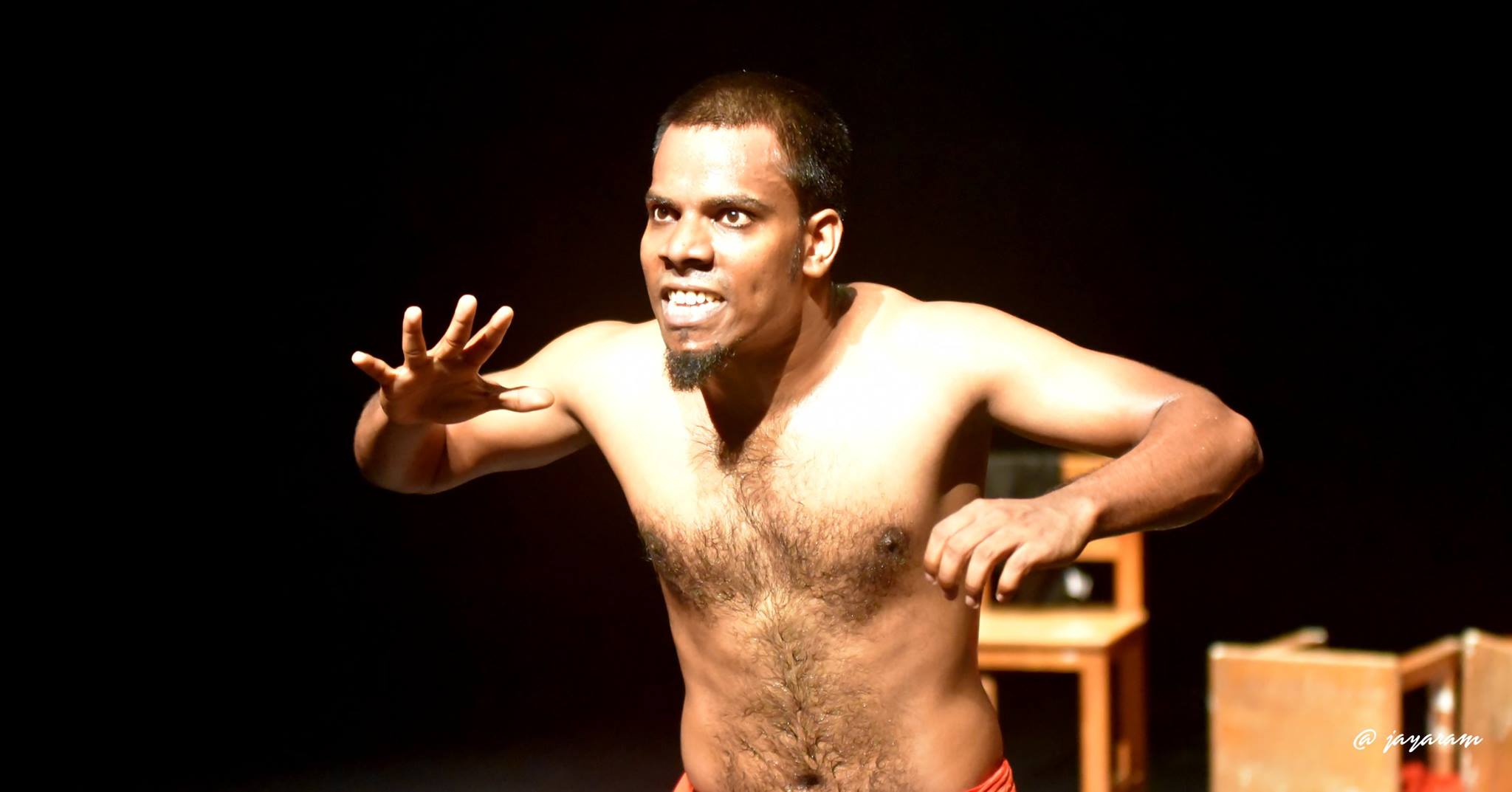
Saran’s solo theatrical performance, conceived from Bhasa’s plays was enacted with passion. He got into the skin of the seven different characters within split seconds like a chameleon! Bheema, Duryodhana, Balarama, Ashwathama, Hanuman, Bali and Rama; Saran portrayed each of them with finesse as well as being the Sutradhar who brought it all together for the audience.
Duryodhana was slain by unfair means when he was attacked illegally - below the waist - by Bheema at a sign given by Lord Krishna. Balarama is infuriated at the violation and the grievous hurt to his student and could have killed all the Pandavas in his rage. However he is stopped by Duryodhana, who at the door of death forgives everyone, narrated Saran. Furthermore when Balarama realises that it is his brother Krishna who has orchestrated this deceit, he stops all protests and scampers away.
The unfair use of the name ‘Ashwathama’ to fell the mighty Dronacharya was another event in the great epic that came to mind when Saran portrayed the immortal Ashwathama’s reaction at the slaying of his friend Duryodhana.
Moving on to the Ramayana, Saran used a mask to portray the monkey king Bali being killed by Lord Rama, who hid behind a tree and shot him with his bow and arrow. Bali questions Rama on why he ambushed him instead of fighting him face-to-face. Rama responds that Bali is a monkey and a Kshatriya has a right to thus kill an animal.
Bali then asks him ‘why’ he killed him? Rama says that Bali took Sugriva’s wife as his own and that it is not permissible to take another’s wife. Bali then rightfully asks him to clarify is he an animal or a human? As in the animal kingdom there is no marriage or ‘eka patni vratham’ as followed by the human king Lord Rama. Rama has no answer.
At each of this junctures Saran poses the questions - What is good & what is evil; Is this deceit or righteousness; is this dharma or adharma? Noting that nothing is black and white and that the grey areas have always raised questions in the human mind, Saran left the audience pondering.
The very interesting question / answer session at the end of the play gave insight into the motivation behind this solo act. Saran mentioned that Kudiyattam ( a dance form from Kerala) was the inspiration behind Dwau Anthyarangau, especially for the dying scenes which were so realistic. The use of Mizhavu, a traditional percussion instrument from Kerala, its significance and the importance given to it, added another layer to the whole performance.
A special mention has to be made of the use of limited props to great effect and the amazing lighting. Especially that last scene when the blue back-lit Saran carries the Mizhavu off-stage on his shoulders and descends. The applause didn’t stop for a while after that!

